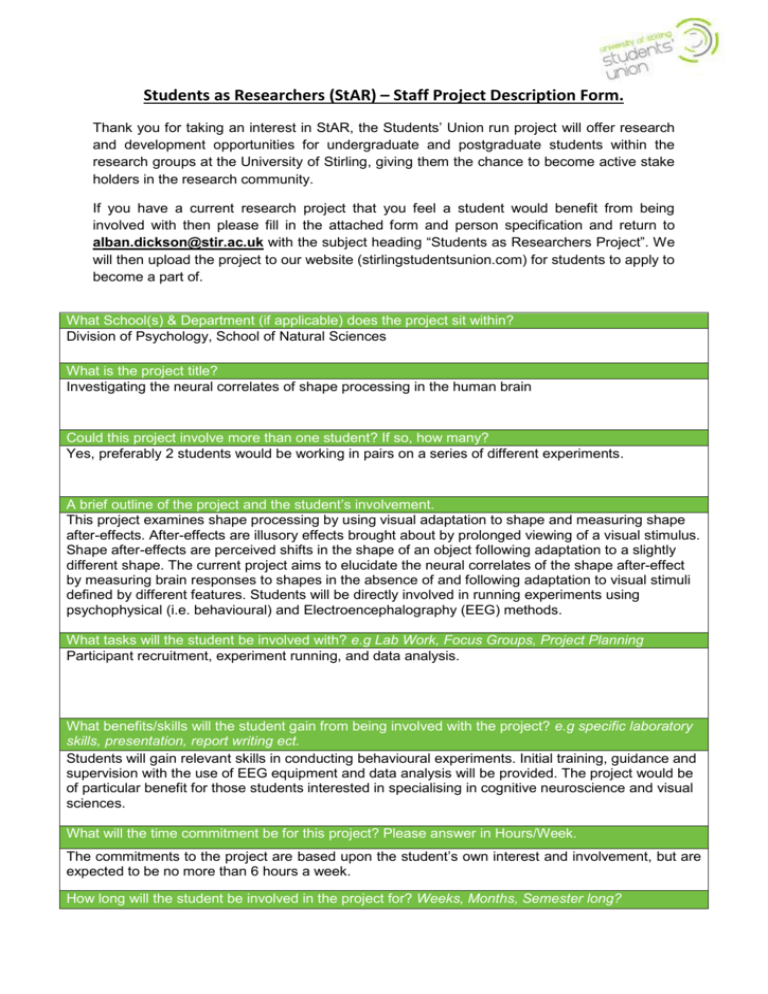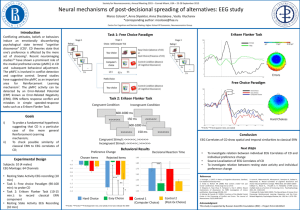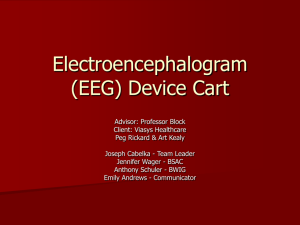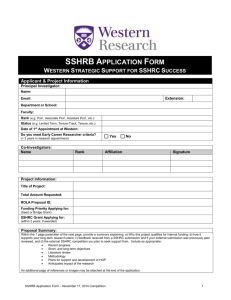Investigating the neural correlates of shape processing in the human
advertisement

Students as Researchers (StAR) – Staff Project Description Form. Thank you for taking an interest in StAR, the Students’ Union run project will offer research and development opportunities for undergraduate and postgraduate students within the research groups at the University of Stirling, giving them the chance to become active stake holders in the research community. If you have a current research project that you feel a student would benefit from being involved with then please fill in the attached form and person specification and return to alban.dickson@stir.ac.uk with the subject heading “Students as Researchers Project”. We will then upload the project to our website (stirlingstudentsunion.com) for students to apply to become a part of. What School(s) & Department (if applicable) does the project sit within? Division of Psychology, School of Natural Sciences What is the project title? Investigating the neural correlates of shape processing in the human brain Could this project involve more than one student? If so, how many? Yes, preferably 2 students would be working in pairs on a series of different experiments. A brief outline of the project and the student’s involvement. This project examines shape processing by using visual adaptation to shape and measuring shape after-effects. After-effects are illusory effects brought about by prolonged viewing of a visual stimulus. Shape after-effects are perceived shifts in the shape of an object following adaptation to a slightly different shape. The current project aims to elucidate the neural correlates of the shape after-effect by measuring brain responses to shapes in the absence of and following adaptation to visual stimuli defined by different features. Students will be directly involved in running experiments using psychophysical (i.e. behavioural) and Electroencephalography (EEG) methods. What tasks will the student be involved with? e.g Lab Work, Focus Groups, Project Planning Participant recruitment, experiment running, and data analysis. What benefits/skills will the student gain from being involved with the project? e.g specific laboratory skills, presentation, report writing ect. Students will gain relevant skills in conducting behavioural experiments. Initial training, guidance and supervision with the use of EEG equipment and data analysis will be provided. The project would be of particular benefit for those students interested in specialising in cognitive neuroscience and visual sciences. What will the time commitment be for this project? Please answer in Hours/Week. The commitments to the project are based upon the student’s own interest and involvement, but are expected to be no more than 6 hours a week. How long will the student be involved in the project for? Weeks, Months, Semester long? For as long as the student sees fit. A reasonable expectation would be until the end of semester. Will the student need a PVG check? Needed if they’re working with minors or vunerable adults. No Person Specification. Knowledge Broad knowledge of neuroimaging methods. Essential E Desirable Experience in the EEG lab (as a participant, or research assistant) D Research Methods D Skills Computer literate E Abilities A willingness to learn E Experience None required Values & Ethics The student will be required to work within the BPS code of Ethical Conduct and be professional at all times. E











